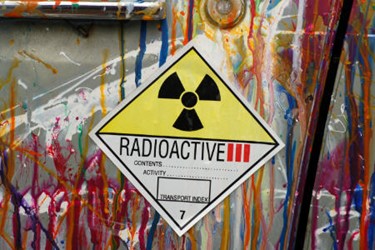Uranium, Other Dangerous Chemicals Released Into Detroit River


A site known to be contaminated by uranium and other harmful contaminants has collapsed into a significant source water body and there could be major drinking water treatment implications.
“A shoreline property in Detroit listed for decades by the U.S. Department of Energy and Environmental Protection Agency as a contaminated site due to its use of uranium and other dangerous chemicals during manufacturing dating back to the 1940s has partially collapsed into the Detroit River,” according to the Windsor Star. “The property’s shoreline crumbled into the water … at some point during the U.S. Thanksgiving holiday weekend, so the spill initially remained unknown to many responsible state and federal environmental regulatory agencies.”
Subsequent reports suggested that the spill was the result of a dock collapse, potentially caused by excessive road salt storage. The City of Detroit maintains a drinking water intake line downriver from the site. The Canadian side of the river also draws drinking water from it, but its intakes are reportedly farther away from the site.
Following the spill, there were calls for testing to determine just what kind of health threats, if any, would now be posed by consuming municipal drinking water.
“An immediate study should be conducted on the dangers presented to the Detroit waterways and Great Lakes region,” said Brian Mass, a Canadian Member of Parliament representing the region, per Michigan Radio. “Forty million people use the Great Lakes for drinking water, and the ecosystem is already fragile.”
At the time of this writing, some test results were still pending but immediate findings suggested that the worst of a potential public health catastrophe had been avoided.
“Testing by both the Great Lakes Water Authority, which has drinking water intakes in the Detroit River, and the Michigan Department of Environment, Great Lakes and Energy [EGLE] turned up no excessive amounts of radioactivity,” per the Detroit Free Press. “EGLE is also testing the river for other industrial contaminants as a result of the spill.”
In addition to the chemicals added to the river through the collapse, some officials are concerned that disturbance to the riverbed may have released dormant contaminants.
“With a longstanding industrial history on that stretch of the Detroit River — including many decades when environmental regulations were nonexistent or lax — many contaminants are likely stored in river sediments along the bottom,” the Free Press reported. “In some cases, they cause no problems where they are, but could if they were disturbed.”
To read more about the drinking water contamination threats posed by industrial spills, visit Water Online’s Source Water Contamination Solutions Center.
